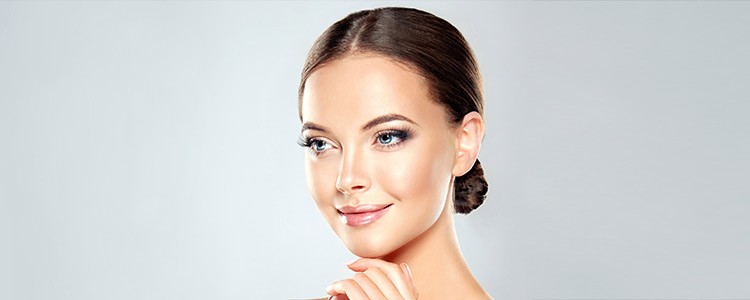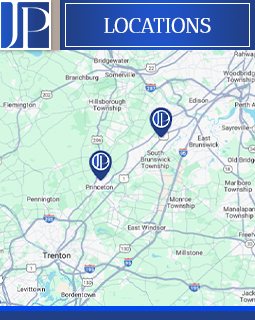Fat Grafting Specialist in Princeton, NJ and North Brunswick, NJ
Fat grafting is a popular and effective procedure that uses your body’s own fat to restore volume and enhance contours. At Partridge Plastic Surgery, Dr. Joanna Partridge, MD, a board-certified female plastic surgeon, specializes in fat grafting treatments. This technique can be used to rejuvenate and reshape various parts of the body, offering natural-looking, long-lasting results. Fat grafting not only enhances aesthetic appearance but also improves skin texture and elasticity, providing a more youthful and balanced look. Each procedure is tailored to meet your unique aesthetic goals for a refreshed, confident appearance. For more information, contact us today or schedule an appointment online. We have convenient locations in Princeton, NJ, and North Brunswick, NJ.





Check Out Our 5 Star Reviews


Additional Services You May Need
▸ Breast Augmentation
▸ Breast Lift
▸ Breast Reduction
▸ Breast Reconstruction
▸ Abdominoplasty
▸ Circumferential Body Lift
▸ Arm Lift
▸ Thigh Lift
▸ Buttock Lift
▸ Labiaplasty
▸ Liposuction
▸ Neck Lift
▸ Facelift
▸ Brow Lift
▸ Eyelid Surgery
▸ Fat Injection
▸ Laser Skin Treatments
▸ Injectables
▸ Fat Grafting
▸ Gynecomastia
▸ Abdominal Etching
▸ Reconstructive Surgery

Additional Services You May Need
▸ Breast Augmentation
▸ Breast Lift
▸ Breast Reduction
▸ Breast Reconstruction
▸ Abdominoplasty
▸ Circumferential Body Lift
▸ Arm Lift
▸ Thigh Lift
▸ Buttock Lift
▸ Labiaplasty
▸ Liposuction
▸ Neck Lift
▸ Facelift
▸ Brow Lift
▸ Eyelid Surgery
▸ Fat Injection
▸ Laser Skin Treatments
▸ Injectables
▸ Fat Grafting
▸ Gynecomastia
▸ Abdominal Etching
▸ Reconstructive Surgery







